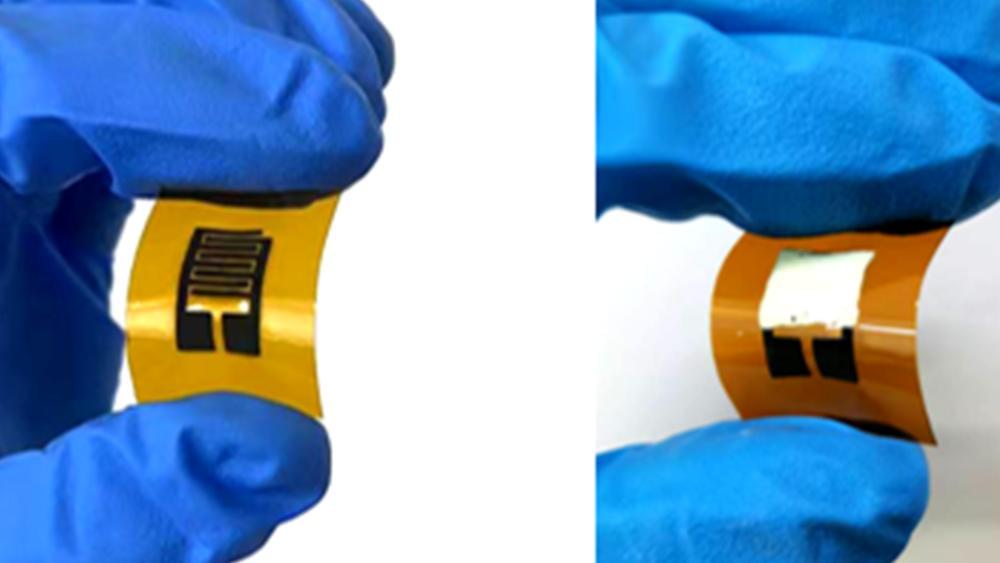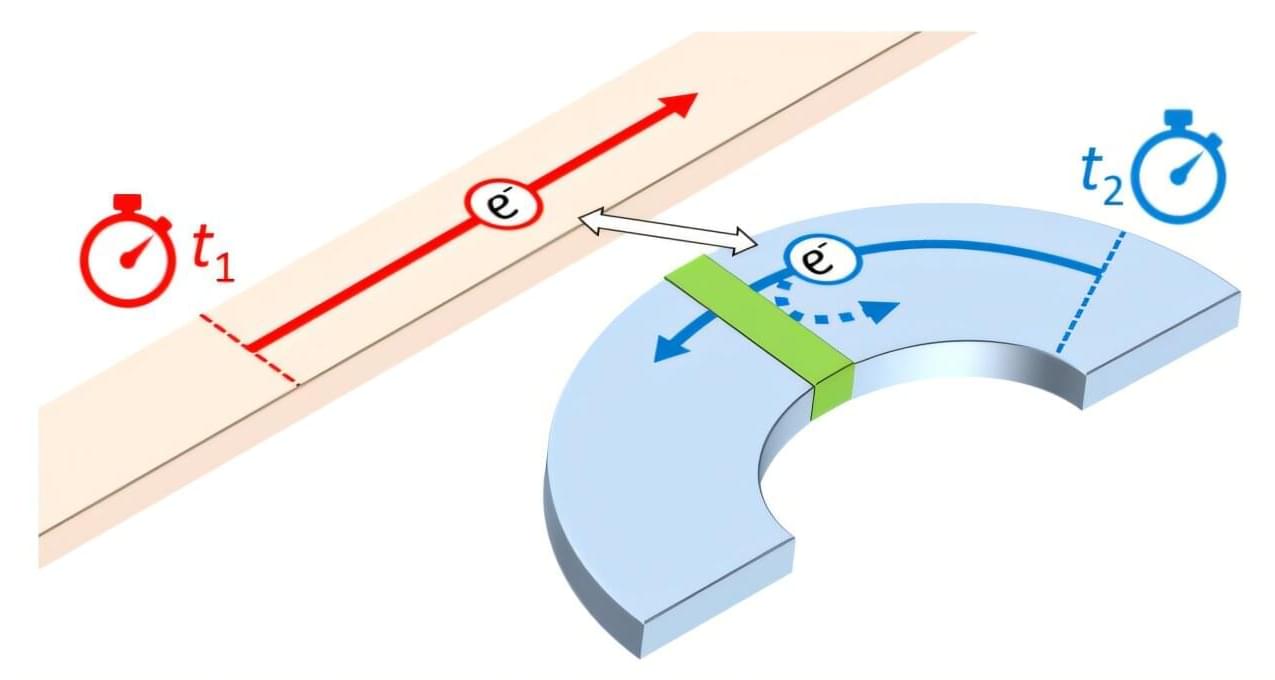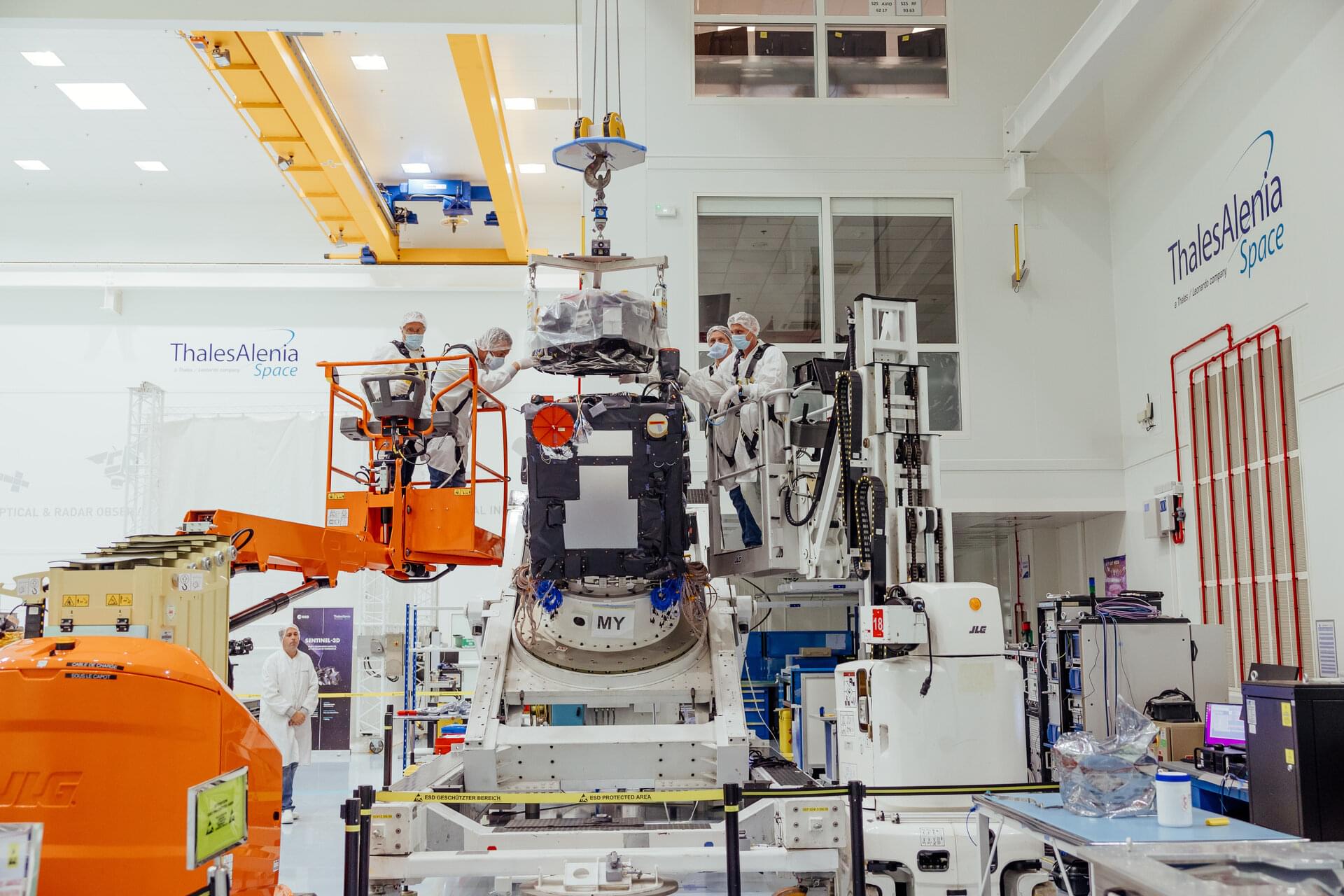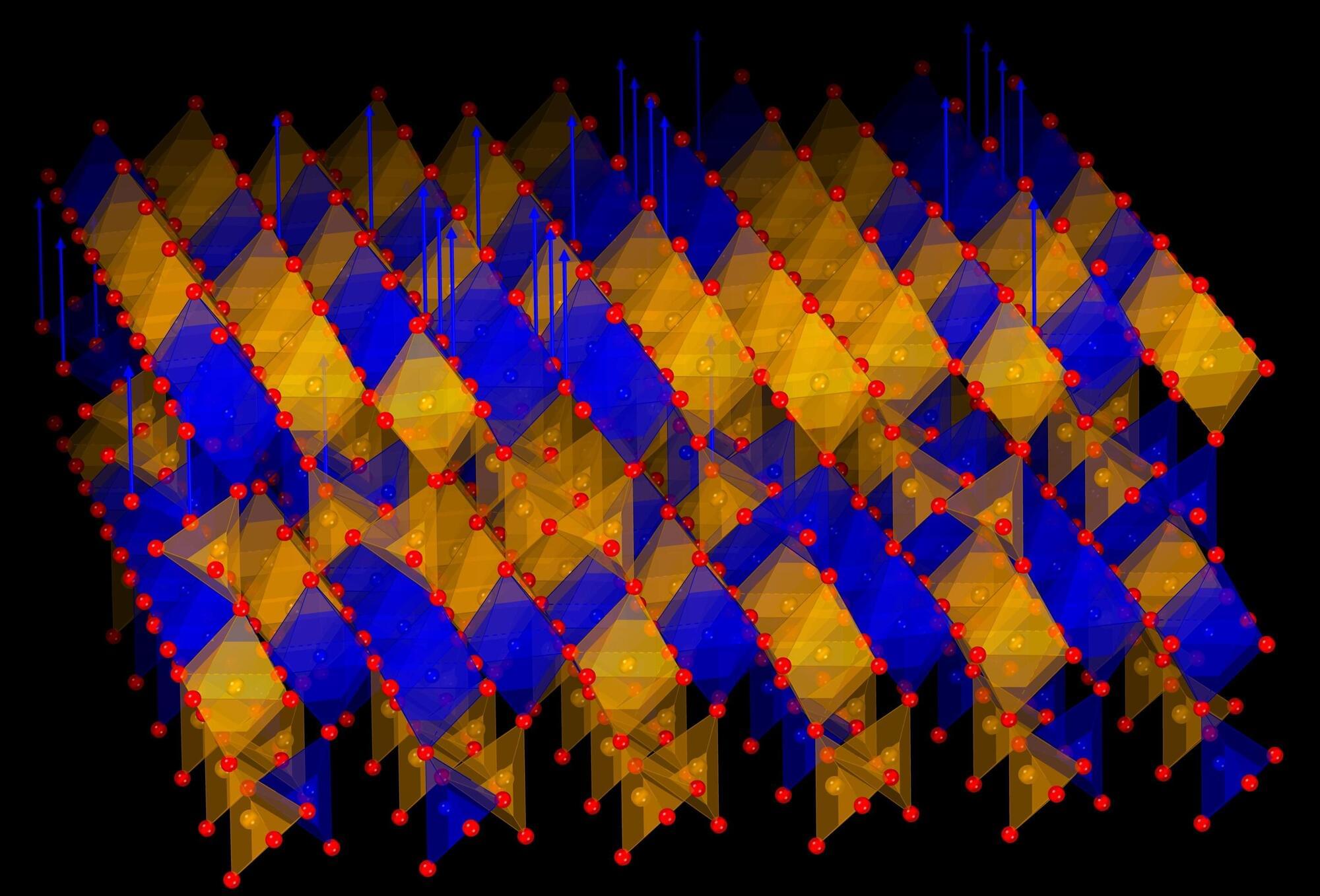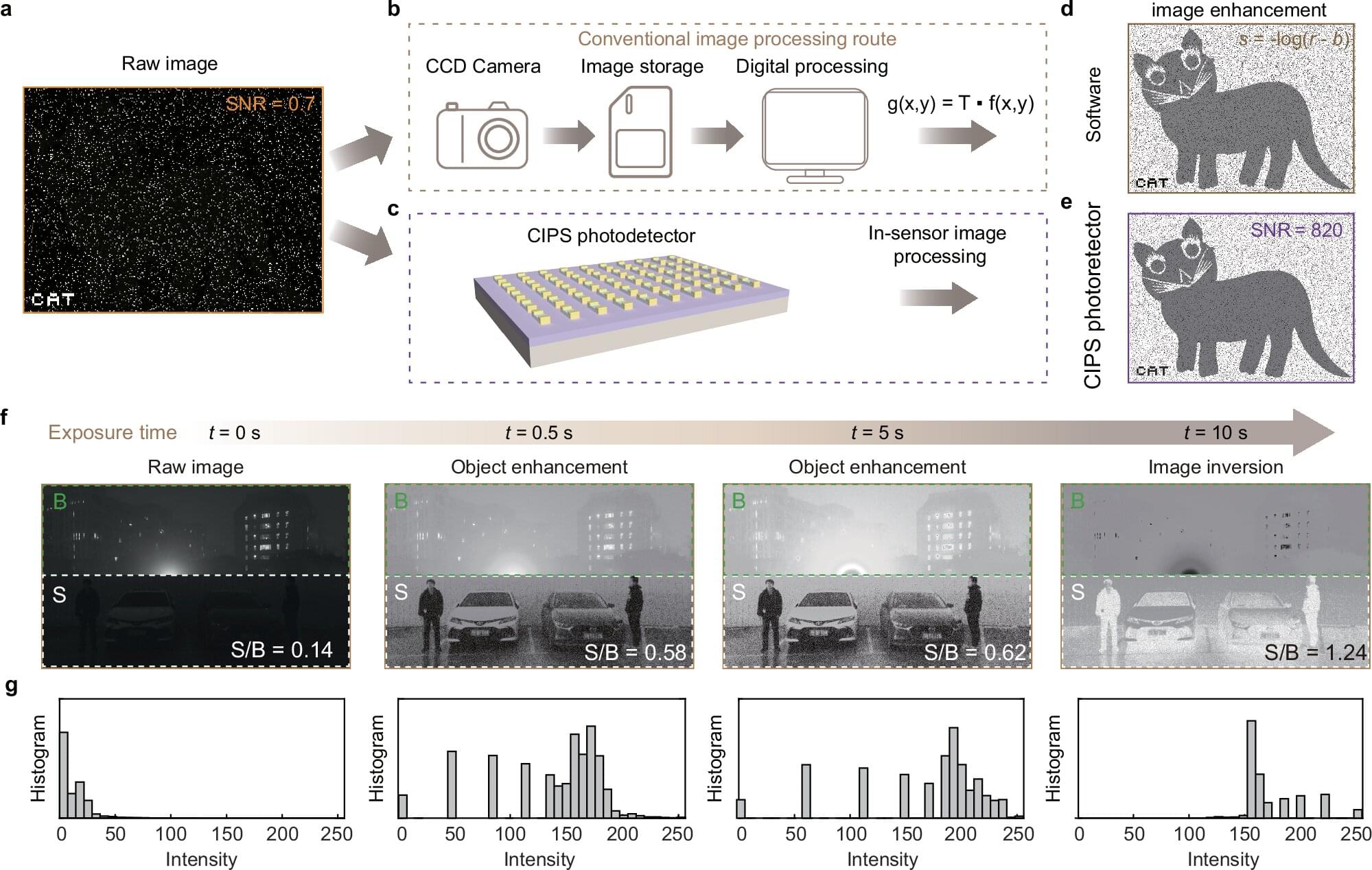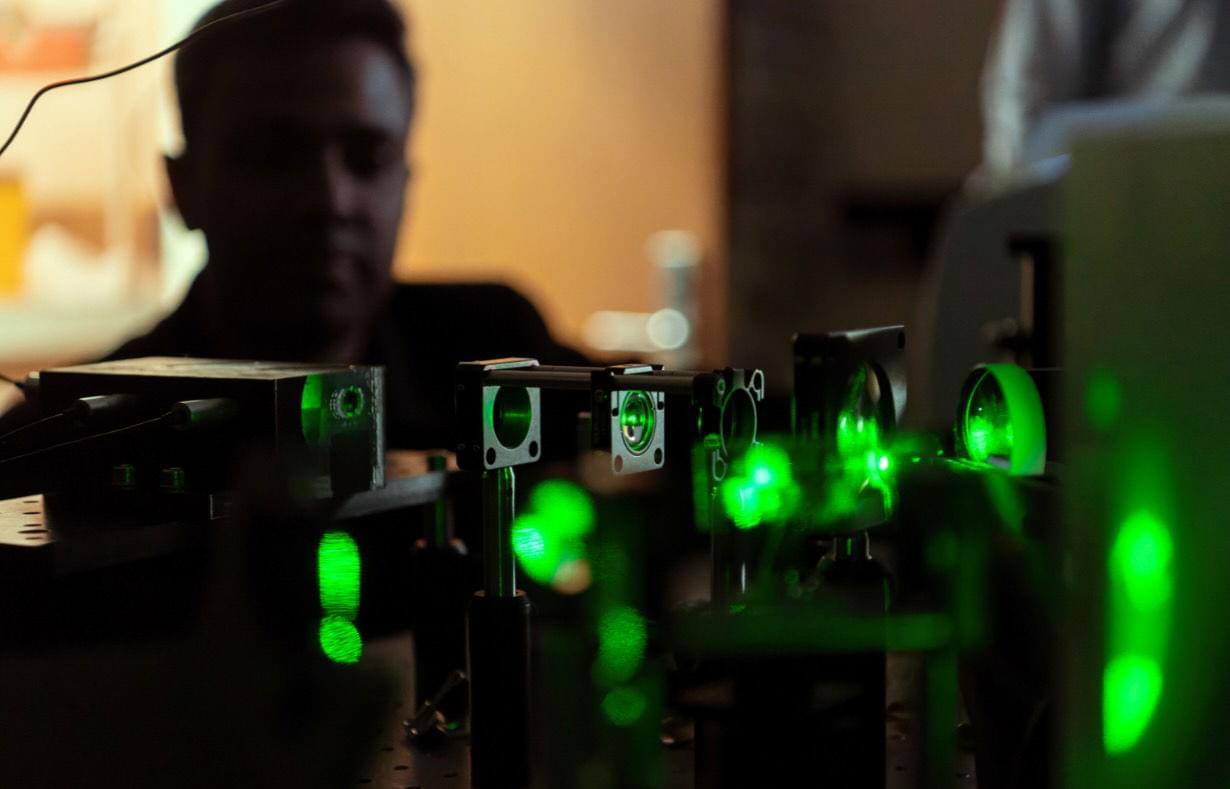Researchers at NPL have reported a novel high-speed charge sensing method for ballistic electrons, a potentially useful technique in the fields of electron quantum optics, quantum electrical metrology, flying qubit technology, and signal sensing.
The study, published in Physical Review Letters, reveals that the presence of a single ballistic electron can be revealed by tracking the path of another fast-moving “sensing” electron. By steering the paths of these electrons close to each other, the tiny repulsion between them can redirect the sensing electron, like a train switching tracks or cars diverting off a freeway.
When charge sensors are used in quantum devices, they are measured continuously, with each sample long enough to resolve a signal from the noise. The NPL sensing system leverages synchronization between the detector and sensing electrons to achieve extreme time selectivity, only sampling within a minuscule time window and detecting interactions that occur in just 1–2 picoseconds.
